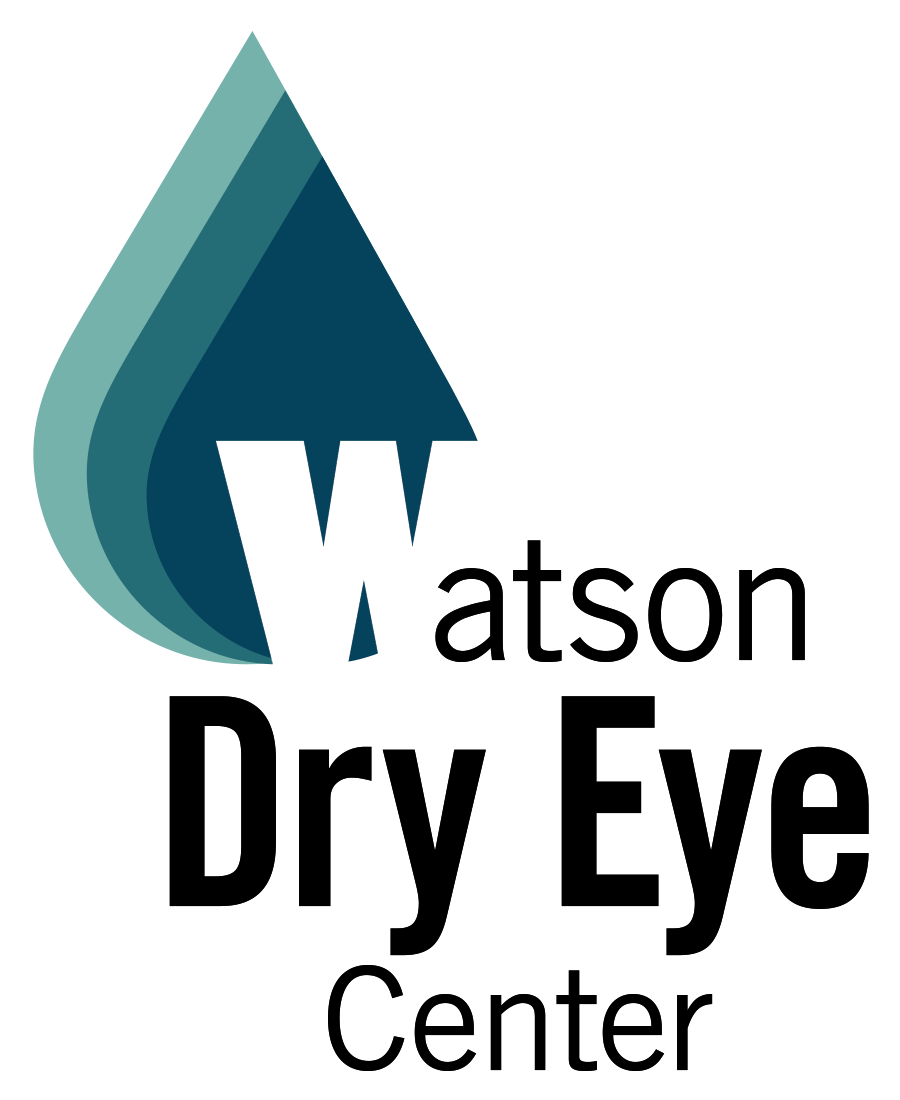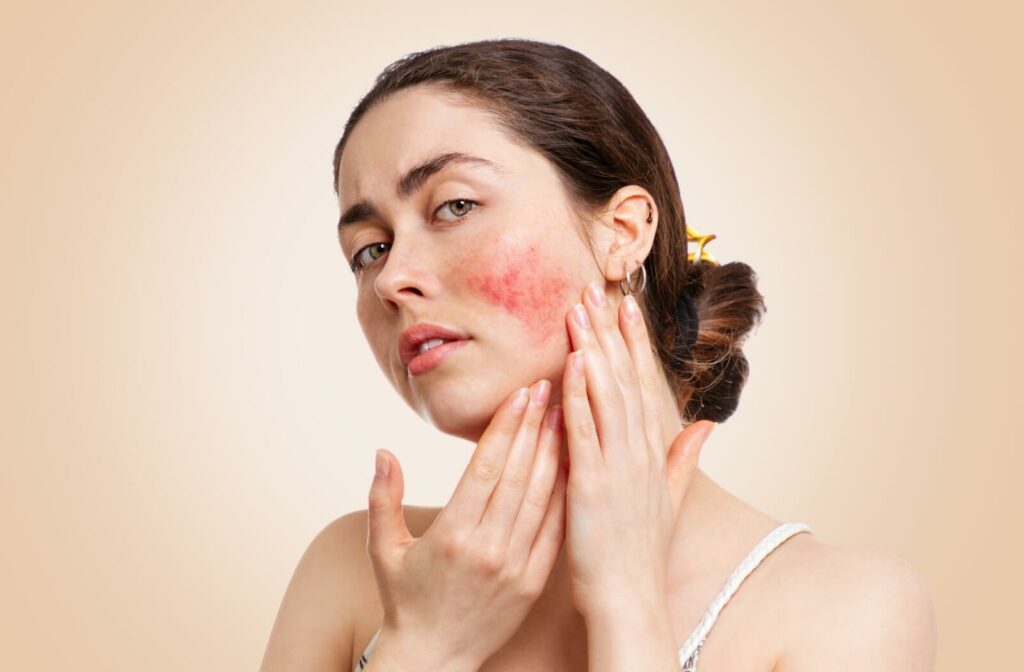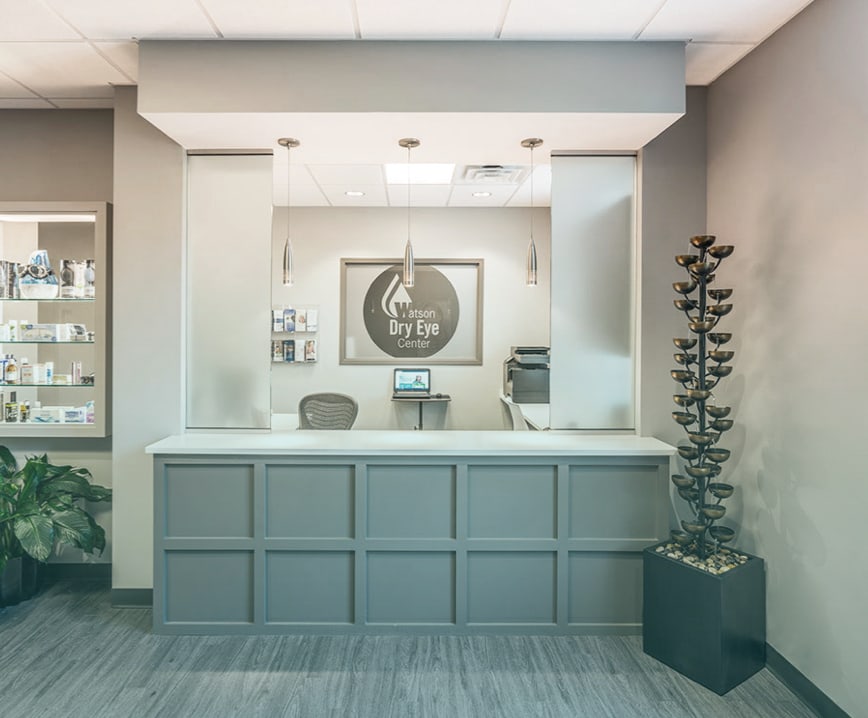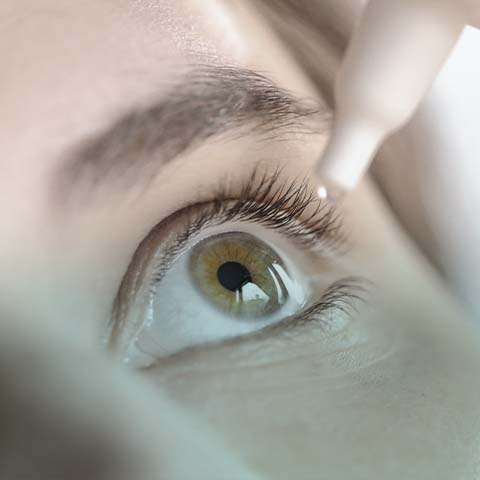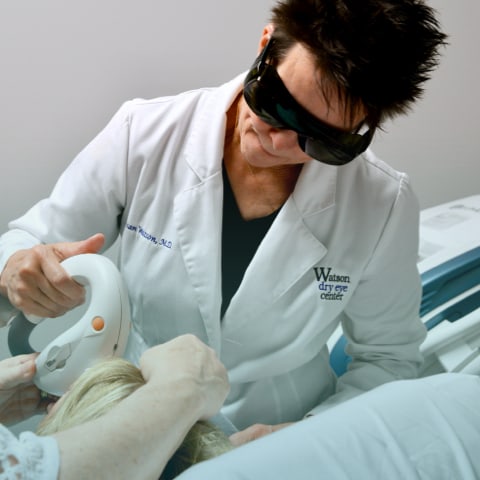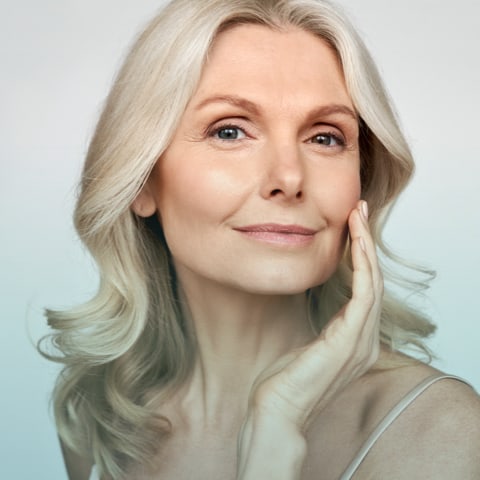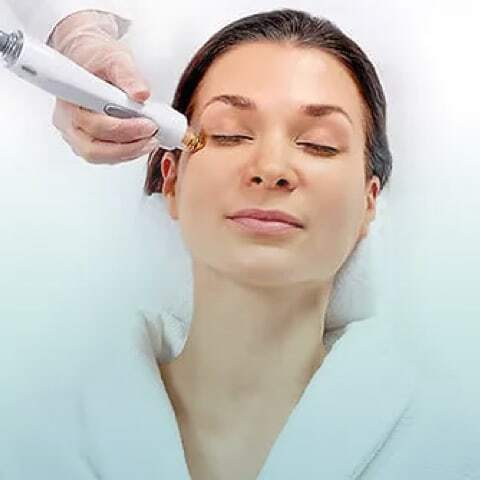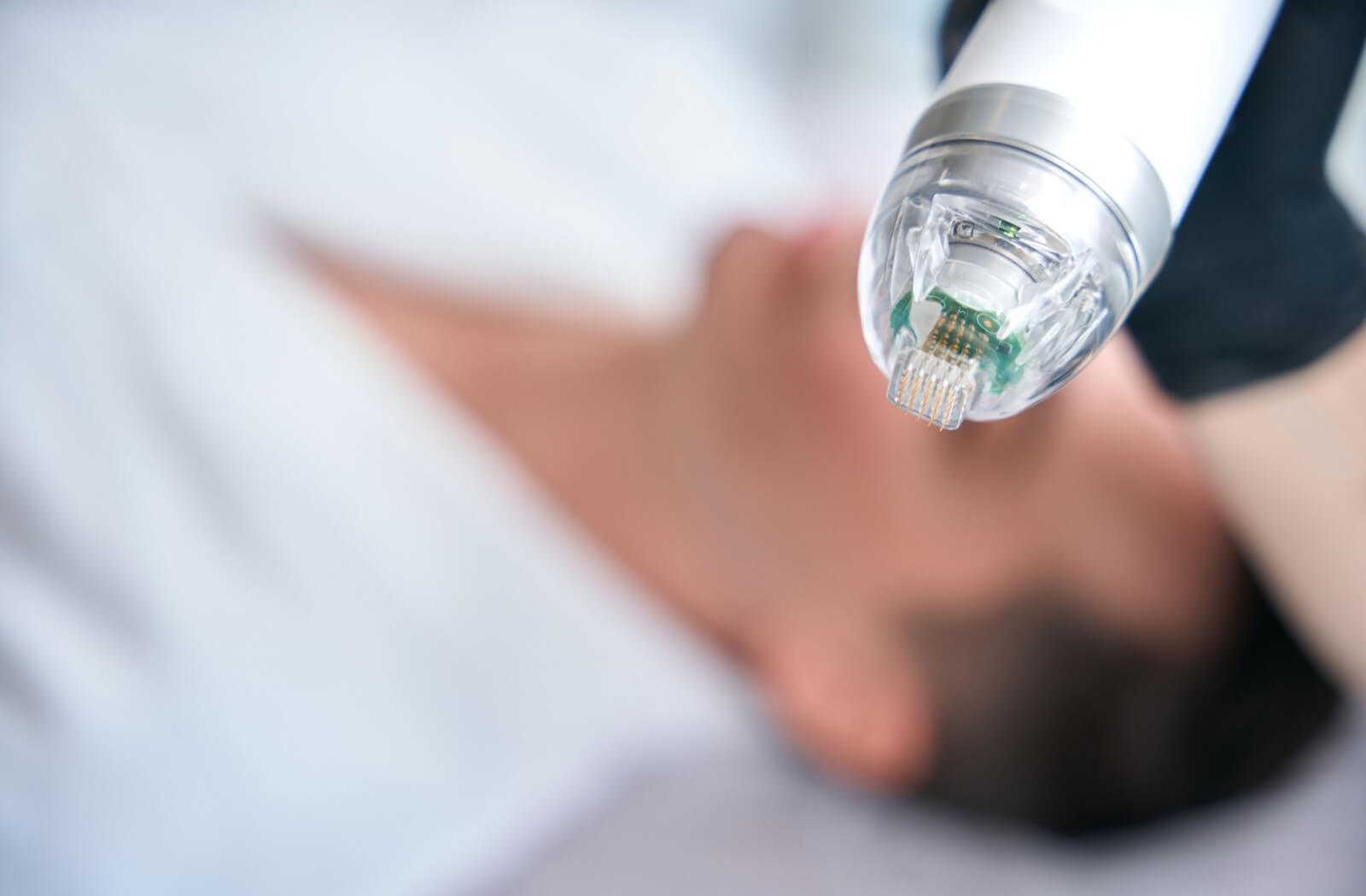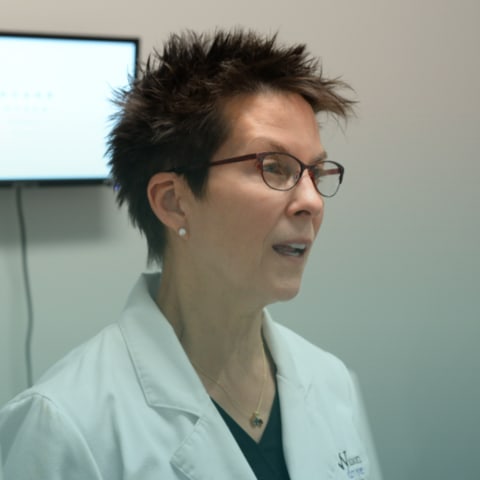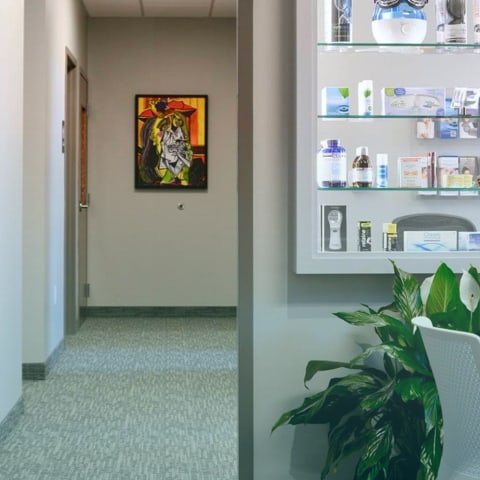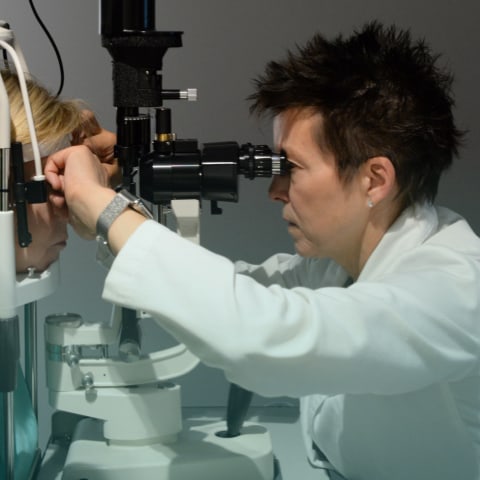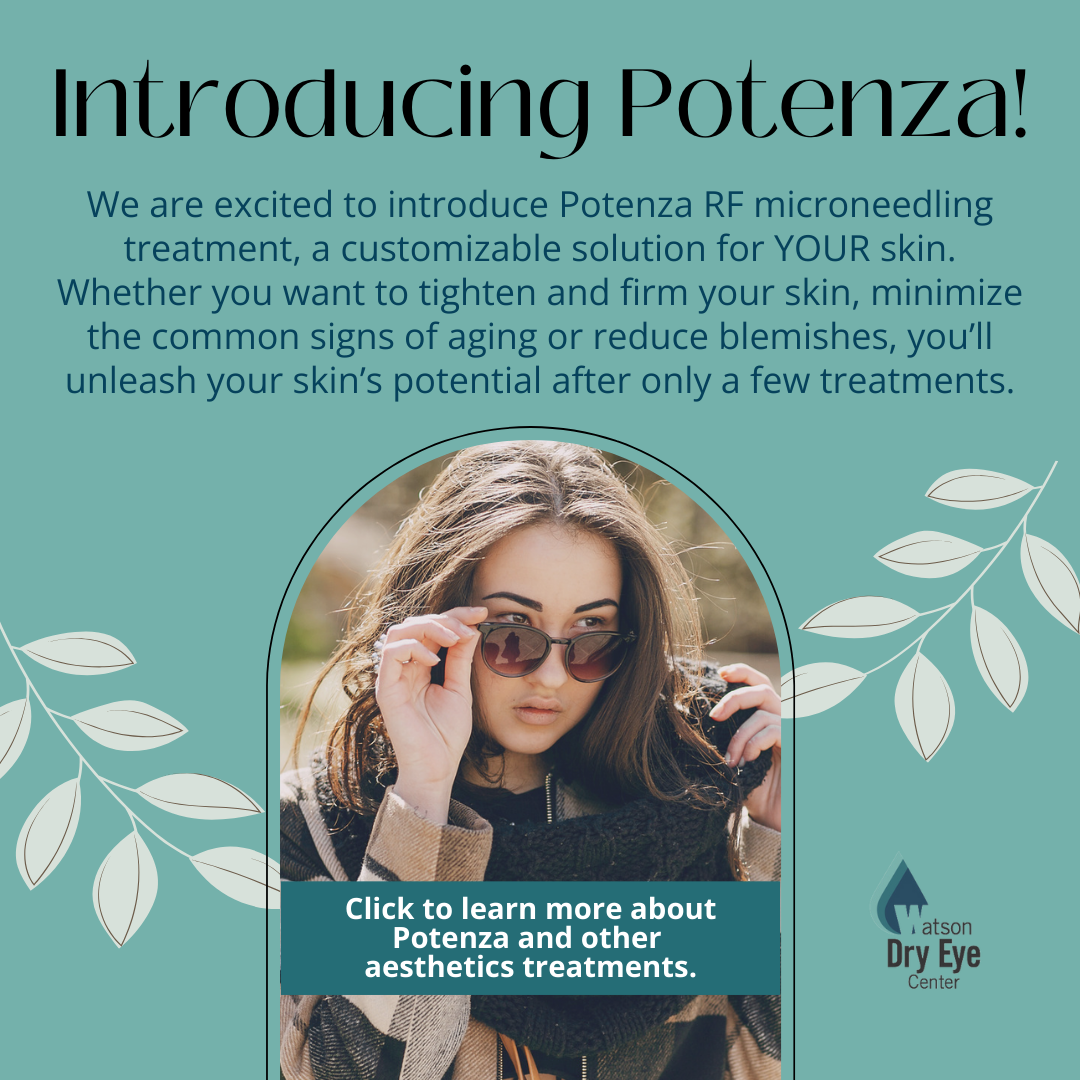Living with rosacea means more than a constant red flush. Rosacea is a chronic skin condition that primarily affects the face. Not only does it affect your skin, but it can also take a toll on your confidence and overall well-being.
But what separates redness from rosacea from other conditions?
These are some common signs of rosacea:
- Persistent flush (more than a natural blush)
- Redness (most visible on cheeks, nose, chin, or forehead)
- Bumps or pimples (these can resemble acne but are distinct from whiteheads or blackheads)
- Visible blood vessels (or spider veins)
A proper diagnosis is the only way to get a sure answer, but this quick quiz can help you self-assess your symptoms and guide you toward your next steps.
Let’s get started.
What Are the Signs of Rosacea?
Rosacea is a chronic skin condition that primarily affects the face, often causing redness, visible blood vessels, and pus-filled bumps. Although it’s easy for the untrained eye to mistake this condition for acne, an allergic reaction, or just sensitive skin, rosacea has its own characteristics.
We don’t know its exact causes, but rosacea goes through cycles of flare-ups and remission, which can be exacerbated by triggers such as sun exposure, spicy foods, stress, or alcohol.
Here are some of rosacea’s most common symptoms:
- Flushing: This refers to frequent episodes of redness, or flushing, which last longer than normal blushing.
- Persistent redness: This means redness that doesn’t go away, often most visible on the cheeks, nose, chin, or forehead.
- Bumps and pimples: These are small, red, pus-filled bumps that might resemble acne, though they’re distinct from blackheads or whiteheads.
- Visible blood vessels: Tiny, dilated blood vessels, also called spider veins, may appear on the skin.
Beyond more intense symptoms, delaying rosacea treatment can take a toll on your confidence, self-esteem, and overall well-being.
The sooner you recognize the signs, the sooner we can begin treatment.
Do I Have Rosacea? Quiz
This quiz can help you find out if you have rosacea.
Answer each question as best you can, reflecting on your skin’s current appearance, sensations, and any recurring issues you’ve noticed. Thoughtful answers will help reveal if your symptoms align with common signs of rosacea.
Answer honestly based on your current experience:
- Do you experience frequent flushing or blushing that lasts longer than usual? This can happen suddenly. Your face may look redder, and your skin might feel warm.
- Do you have persistent redness on your cheeks, nose, chin, or forehead? This might look like a sunburn that doesn’t fade.
- Have you noticed small, red bumps or pus-filled pimples on your face (different from blackheads or whiteheads)? These bumps are often tender and usually don’t respond to topical acne treatments.
- Do you have visible small blood vessels (spider veins) on your face? These can look like thin, red-ish purple lines just beneath the skin’s surface, usually around the nose or cheeks.
- Does your skin feel sensitive, burning, or stinging easily?
- Have your eyes felt dry, irritated, or watery? These are often signs of ocular rosacea.
- Has your nose become thicker or more bulbous (rhinophyma)? This is a rare symptom usually seen in advanced cases and is more common in men.
- Do certain triggers like sun exposure, spicy foods, alcohol, or stress seem to worsen your skin symptoms?
Make a note of how many questions you answered “yes” to.
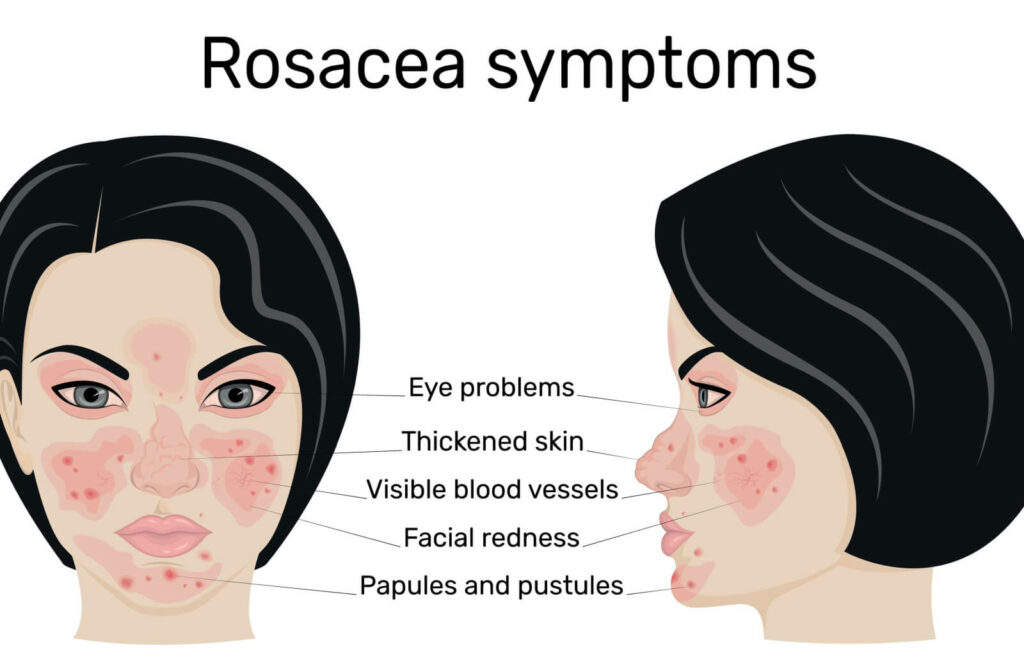
Calculating Your Score
It’s important to recognize that this quiz does not replace a professional diagnosis. It’s simply a helpful tool that can offer insight into the symptoms you’re experiencing.
Based on the number of questions you answered “yes” to, here is a general interpretation:
- Low Score (1–2): A low score means you may not need to worry about having rosacea, but it’s still a good idea to monitor your skin for any changes.
- Middle Score (3-4): An average score means your symptoms could align with rosacea, and it’s worth consulting with a dermatologist.
- High Score (5+): A score this high suggests you may have rosacea and would benefit from seeing a dermatologist for an accurate diagnosis and treatment plan.
At the end of the day, recognizing rosacea is the first step toward regaining control of your symptoms. Protecting your skin’s health and your emotional well-being is an investment worth making.
What to Do If You Suspect Rosacea?
If your answers to our quiz align with several rosacea symptoms, it’s time to take action.
Why Consult a Dermatologist?
Your family doctor might help you manage your symptoms, but only a dermatologist can confirm you have rosacea. They have the knowledge and experience to create a treatment plan that aligns with your needs.
An accurate diagnosis helps you steer clear of unnecessary products or routines.
Potential Treatment Options
An effective plan for treatment can make a noticeable difference in your symptoms, the health of your skin, and your overall confidence. The sooner you seek expert care, the better.
Treating rosacea often involves a combination of strategies, including:
- Topical medications that reduce redness and minimize bumps.
- Oral medications, especially for more severe symptoms.
- Laser therapy to target visible blood vessels and redness.
- Trigger management to avoid what worsens your symptoms.
Your dermatologist may encourage you to keep a log of your symptoms. This involves recording details about what might trigger your flare-ups (like certain foods or weather changes), which benefits you and your doctor.
Living with Rosacea
Living with flare-ups can feel overwhelming, but there is power in an accurate diagnosis. With the right strategies and support, rosacea is entirely manageable:
- Gentle skincare routine: Use products designed for sensitive skin and avoid harsh exfoliants or fragrances.
- Build a support system: Support groups and communities (online and local) can provide valuable advice, encouragement, and shared experiences from others navigating rosacea.
- Stay optimistic: Many people with rosacea can manage their symptoms effectively and restore their skin’s health. With time and the proper care, you can too.
Take the First Step Today
This quiz is a starting point to help you better understand your skin, but it’s not a diagnosis.
If you suspect you might have rosacea, the only way to know for sure is by consulting a dermatologist. Not only can we confirm an accurate diagnosis, we can develop a treatment plan that aligns with your needs.
Share this quiz with friends or family members who might find it helpful, and feel free to comment below with your questions or experiences. At Watson Dry Eye Center, we’re here to support you on your health journey.
